2-Chloro-N,N,N-trimethylethanaminium chloride
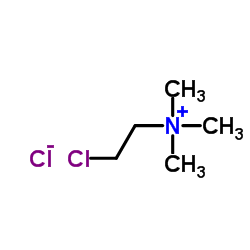
2-Chloro-N,N,N-trimethylethanaminium chloride structure
|
Common Name | 2-Chloro-N,N,N-trimethylethanaminium chloride | ||
|---|---|---|---|---|
| CAS Number | 999-81-5 | Molecular Weight | 158.069 | |
| Density | N/A | Boiling Point | N/A | |
| Molecular Formula | C5H13Cl2N | Melting Point | 239-243 °C (dec.)(lit.) | |
| MSDS | Chinese USA | Flash Point | N/A | |
| Symbol |

GHS07 |
Signal Word | Warning | |
Use of 2-Chloro-N,N,N-trimethylethanaminium chlorideChlorocholine chloride is an effective plant growth regulator. Chlorocholine chloride can inhibit gibberellin (GA) biosynthesis. Chlorocholine chloride can be used for the research of the mechanisms and effects of GA on plant cell growth and differentiation[1][2]. |
| Name | chlormequat chloride |
|---|---|
| Synonym | More Synonyms |
| Description | Chlorocholine chloride is an effective plant growth regulator. Chlorocholine chloride can inhibit gibberellin (GA) biosynthesis. Chlorocholine chloride can be used for the research of the mechanisms and effects of GA on plant cell growth and differentiation[1][2]. |
|---|---|
| Related Catalog | |
| In Vivo | CCC(300 mg/L)increases the biomass of leaves and stems, substantially enhances the sucrose contents in leaves and decreases gibberellic acid (GA) but increases indole-3-acetic acid (IAA) contents in lily bulbs[2]. |
| Melting Point | 239-243 °C (dec.)(lit.) |
|---|---|
| Molecular Formula | C5H13Cl2N |
| Molecular Weight | 158.069 |
| Exact Mass | 157.042511 |
| Stability | Stable. Combustible. Incompatible with strong oxidizing agents. Corrodes many metals. Very hygroscopic. |
CHEMICAL IDENTIFICATION
HEALTH HAZARD DATAACUTE TOXICITY DATA
MUTATION DATA
|
| Symbol |

GHS07 |
|---|---|
| Signal Word | Warning |
| Hazard Statements | H302-H312 |
| Precautionary Statements | P280 |
| Personal Protective Equipment | dust mask type N95 (US);Eyeshields;Faceshields;Gloves |
| Hazard Codes | Xn:Harmful; |
| Risk Phrases | R21/22 |
| Safety Phrases | S36/37 |
| RIDADR | UN 2811 6.1/PG 3 |
| WGK Germany | 2 |
| RTECS | BP5250000 |
| Packaging Group | III |
| Hazard Class | 6.1 |
| HS Code | 2923900011 |
|
~78% 
2-Chloro-N,N,N-... CAS#:999-81-5 |
| Literature: Sebestik, Jaroslav; Marques, Sergio M.; Fale, Pedro L.; Santos, Susana; Arduino, Daniela M.; Cardoso, Sandra M.; Oliveira, Catarina R.; Serralheiro, M. Luisa M.; Santos, M. Amelia Journal of Enzyme Inhibition and Medicinal Chemistry, 2011 , vol. 26, # 4 p. 485 - 497 |
|
~% 
2-Chloro-N,N,N-... CAS#:999-81-5 |
| Literature: J. Gen. Chem. USSR (Engl. Transl.), , vol. 59, # 6 p. 1401 - 1406,1243 - 1248 |
|
~% 
2-Chloro-N,N,N-... CAS#:999-81-5 |
| Literature: Justus Liebigs Annalen der Chemie, , vol. 337, p. 56 |
|
~% 
2-Chloro-N,N,N-... CAS#:999-81-5 |
| Literature: Chemische Berichte, , vol. 71, p. 1651 Chem.Abstr., , p. 5078 |
|
~% 
2-Chloro-N,N,N-... CAS#:999-81-5 |
| Literature: Chemische Berichte, , vol. 43, p. 2741 |
| Precursor 6 | |
|---|---|
| DownStream 7 | |
| HS Code | 2923900011 |
|---|---|
| Summary | 2923900011 2-chloro-n,n,n-trimethylethanaminium chloride。supervision conditions:s(import or export registration certificate for pesticides)。VAT:17.0%。tax rebate rate:9.0%。MFN tarrif:6.5%。general tariff:30.0% |
|
Biosynthesis of uterotonic diterpenes from Montanoa tomentosa (zoapatle).
J. Plant Physiol. 166(18) , 1961-7, (2009) Montanoa tomentosa (zoapatle) is a Central American plant used in Mexico in traditional herbal medicine to ease childbirth labor and to cure certain female disorders. Recently, crude extracts of M. to... |
|
|
Biological monitoring of pesticide exposures in residents living near agricultural land.
BMC Public Health 11 , 856, (2011) There is currently a lack of reliable information on the exposures of residents and bystanders to pesticides in the UK. Previous research has shown that the methods currently used for assessing pestic... |
|
|
Analysis of chlormequat and mepiquat by hydrophilic interaction chromatography coupled to tandem mass spectrometry in food samples.
J. Chromatogr. A. 1216(20) , 4402-6, (2009) In this work a LC-MS/MS method for the determination of two quaternary ammonium growth regulators (chlormequat and mepiquat) in food is reported. The separation was based on hydrophilic interaction li... |
| EINECS 213-666-4 |
| CCC700 |
| Ethanaminium, 2-chloro-N,N,N-trimethyl-, chloride (1:1) |
| MFCD00011869 |
| 2-Chloro-N,N,N-trimethylethanaminium chloride |
| Lihocin |
| CEKU-CCC |
| Ethanaminium, 2-chloro-N,N,N-trimethyl-, chloride |
| Retacel |
| Chlormequat chloride |
| Chlorocholine Chloride |
| CECECE |
| CYCOGAN |
| (2-Chloroethyl)trimethylammonium chloride |
| Choline dichloride |
| CYOCEL |
| (2-Chloroethyl)-trimethylammonium chloride |
| TUR |
| Extra |
| 2-chloro-N,N,N-trimethylethan-1-aminium chloride |
| 2-chloro-N,N,N-trimethylethanaminium chloride (1:1) |
| G2K1&1&1 &&Chloride |
| chloromequat chloride |
| β-Chloroethyltrimethylammonium chloride |
| Trimethyl-β-chloroethylammonium chloride |
| CYCOCEL |
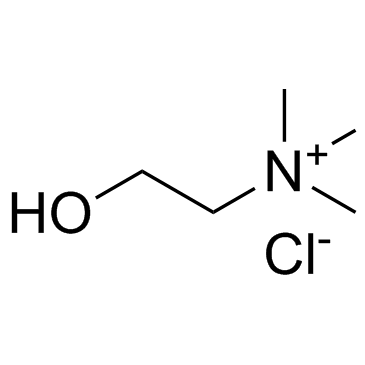


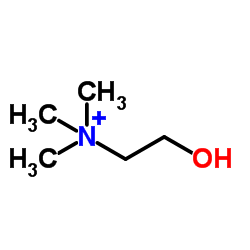

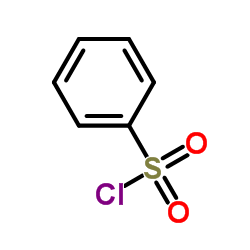
![1,2,3,4,6,7,8,9-Octachlorodibenzo[b,d]furan structure](https://image.chemsrc.com/caspic/039/39001-02-0.png) CAS#:39001-02-0
CAS#:39001-02-0 CAS#:51207-31-9
CAS#:51207-31-9 CAS#:57117-31-4
CAS#:57117-31-4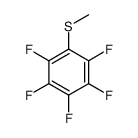 CAS#:653-39-4
CAS#:653-39-4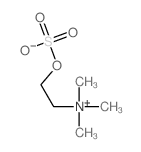 CAS#:4858-96-2
CAS#:4858-96-2 CAS#:6018-82-2
CAS#:6018-82-2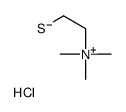 CAS#:37880-96-9
CAS#:37880-96-9
